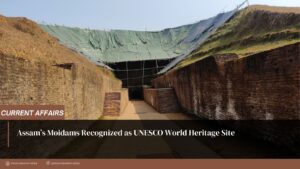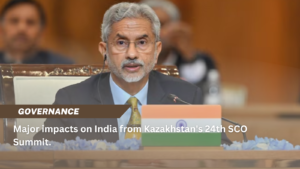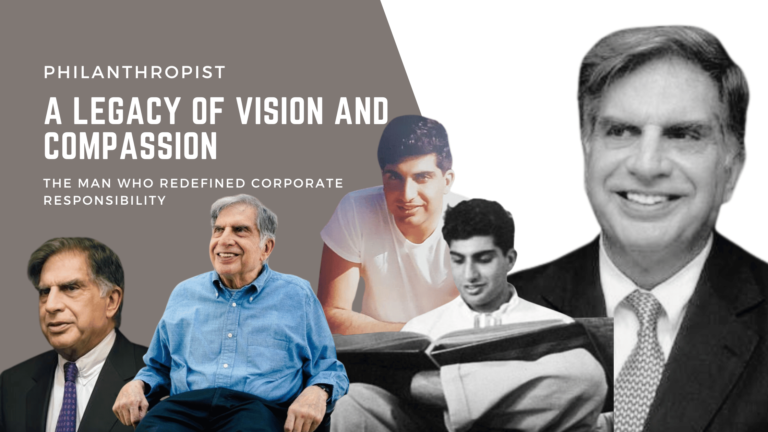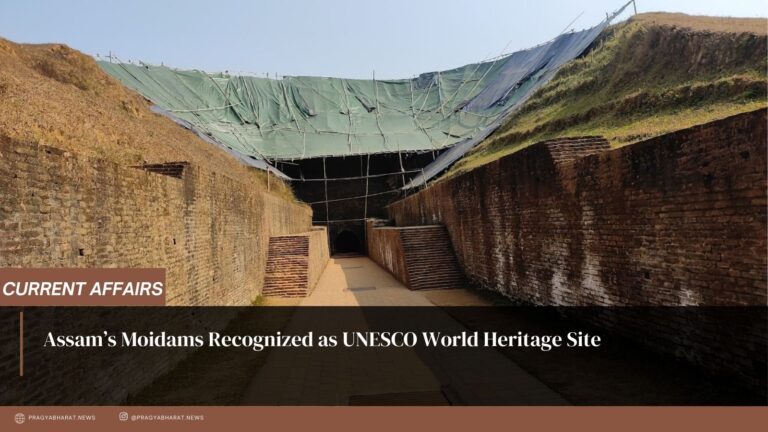The Resilience of Ghasi Identity in Mandal 3.0 and Indian Politic
Image Source-TOI
A little-known but essential part of India’s social fabric has gained attention due to the Bihar government’s list of 209 castes and their corresponding populations being made public. This development has not only disturbed Indian politics. Mandal 3.0, a caste-based survey, has sparked debates about identity, history, and the intricate interplay between caste and politics in India.
Among the castes discussed in this report is the Ghasi caste, which has 1,462 members and is ranked 56 in Bihar. While this figure may appear insignificant compared to India’s vast population, it represents a distinct and enduring identity.
The Ghasis have a rich cultural and historical background that is frequently overlooked. They are historically linked to shepherds who moved from a nomadic lifestyle to settled farming and cattle rearing.
The interesting thing about the name “Ghasi” comes from their previous occupation of gathering and chopping grass for cattle feed. Over time, the transition from nomadic herding to settled farming most likely resulted in the loss of tribal identity. The Ghasis are also known as Ghoshi and Goshi, with some claiming that “Ghoshi” is derived from “Ghosh,” which means “to call” or “the one who calls.” This diverse nomenclature reflects the complexities of their history as well as their ability to adapt and integrate into larger societal structures.
While some foreign historians have noted the presence of both Hindu and Muslim Ghasi members, contemporary Ghasis have generally adopted the Yadav identity. The Yadav identity has primarily overshadowed the need for separate Ghasi or Ghosi identities in the political landscapes of Bihar and Uttar Pradesh. Regardless of their sub-identities, Yadav unity has been a significant force in regional politics.
On the other hand, it is an important development that the Ghasi caste has been included in the caste-based survey conducted by the Bihar government. It shows that, despite the dominance of the Yadav identity, there are people who identify with the distinct Ghasi group. This highlights the Ghasi identity’s tenacity and ongoing existence in these areas despite larger political consolidations.
In addition to giving these identities a forum for recognition, the Mandal 3.0 survey’s emphasis on castes like Ghasi serves as a reminder of the complex fabric of Indian society. The complex identities and hierarchies of India’s caste system have greatly influenced the nation’s politics and social dynamics. The inclusion of such identities in official surveys emphasizes the importance of recognizing and respecting Indian society’s diversity and historical depth.
Furthermore, the survey conducted by the Bihar government has had a knock-on effect, with other states such as Rajasthan considering taking similar initiatives. This underscores the continued significance of caste in Indian politics. The Congress party’s plans for such surveys, as opposed to the Bharatiya Janata Party’s more ambiguous stance, indicate that the caste factor remains a critical aspect of Indian political strategy.
To sum up, the Mandal 3.0 survey and the existence of identities such as the Ghasi caste serve as prime examples of how intricate and diverse Indian society is. They emphasise the importance of developing a nuanced understanding of caste dynamics, as well as recognising diverse identities and their role in shaping the country’s political landscape. Despite their ostensibly modest scope, these surveys play a crucial role in recognising and safeguarding the diverse range of India’s historical and social legacy.


















+ There are no comments
Add yours